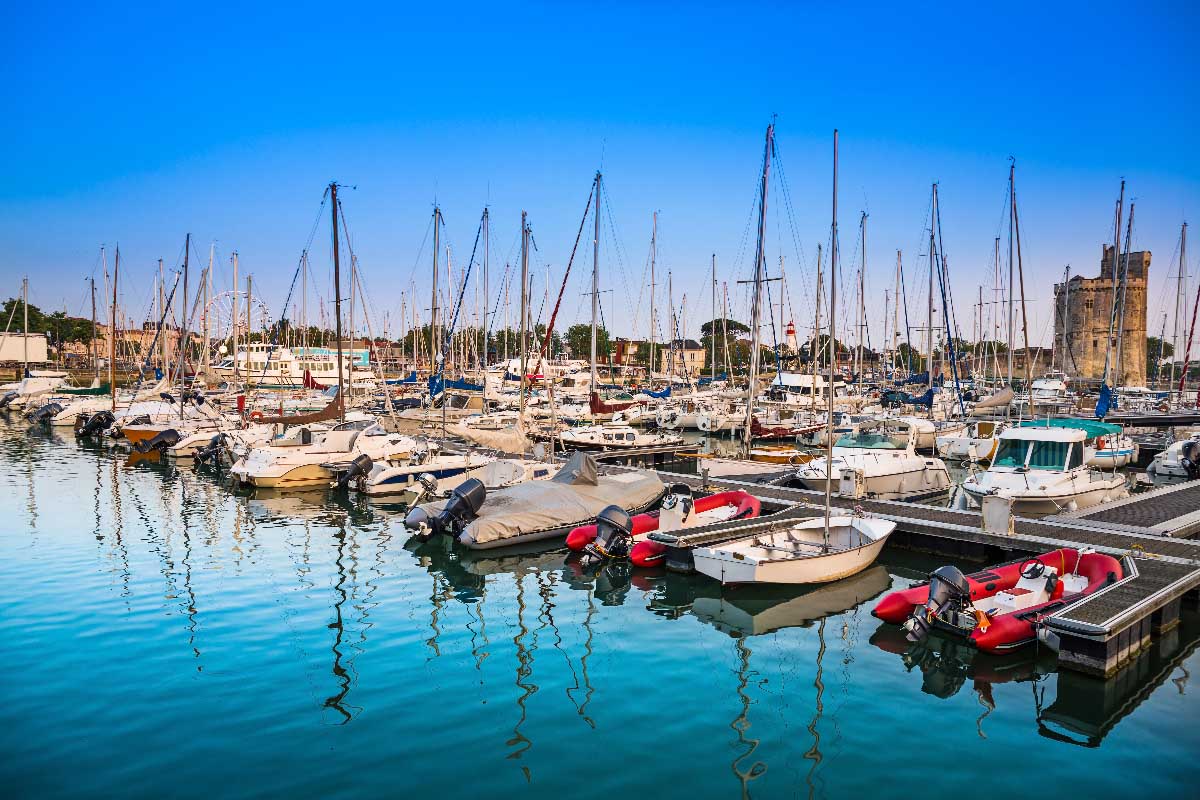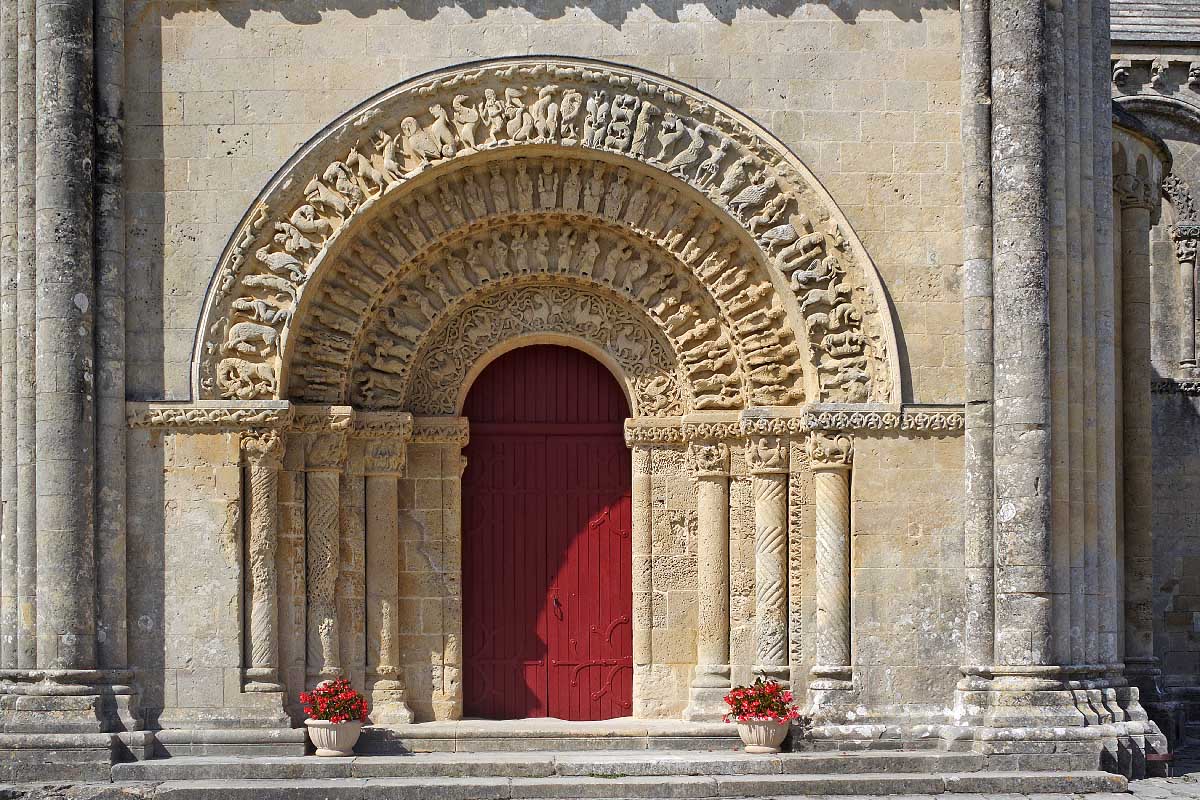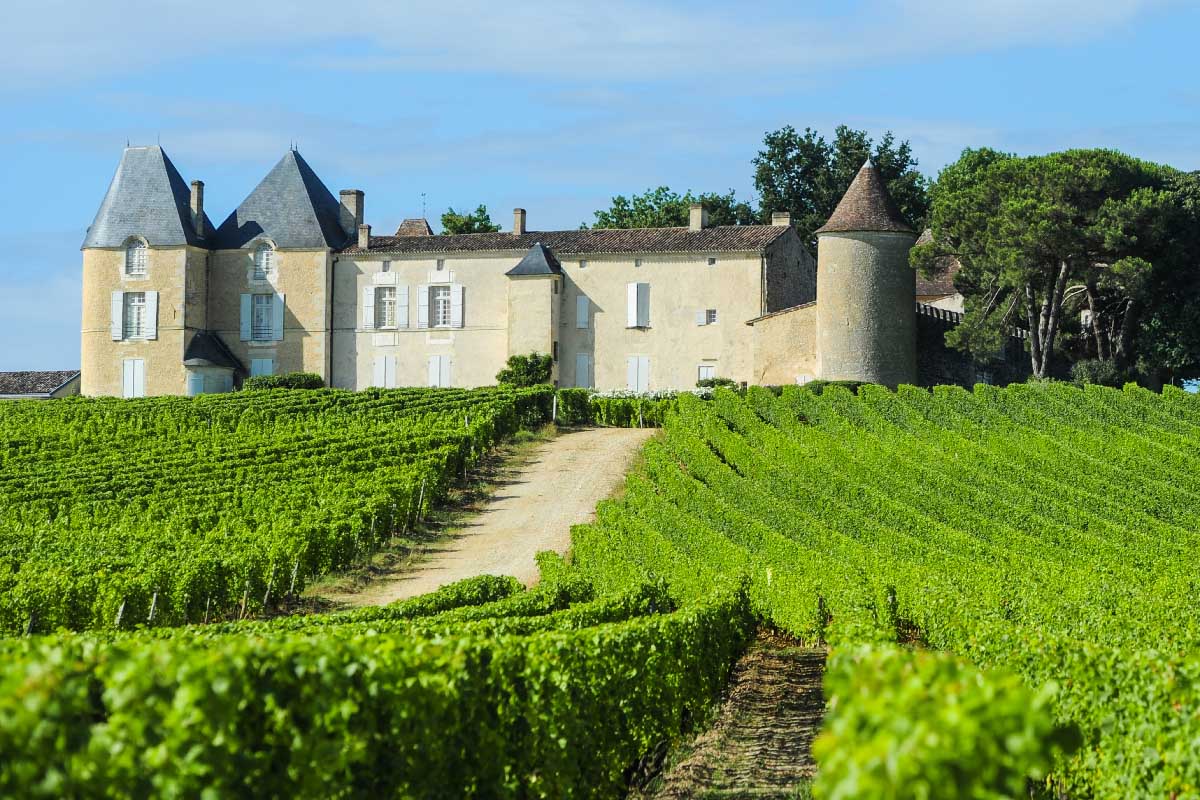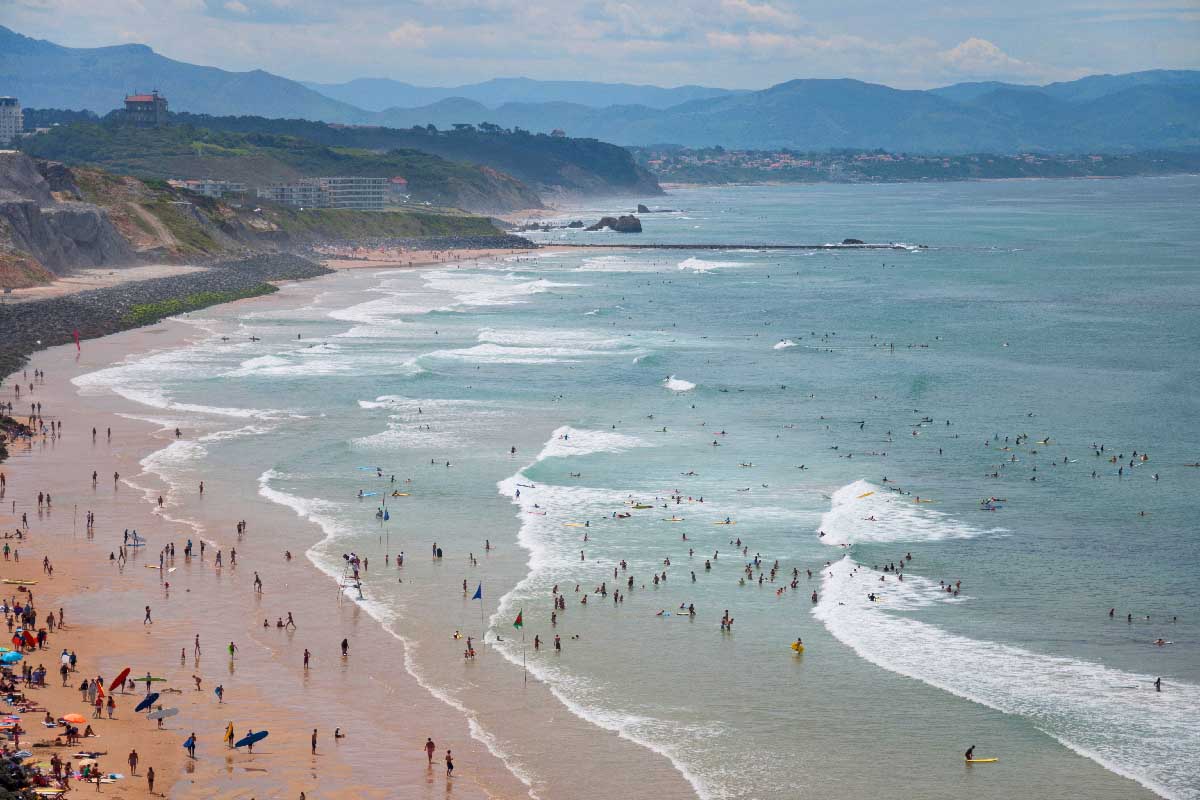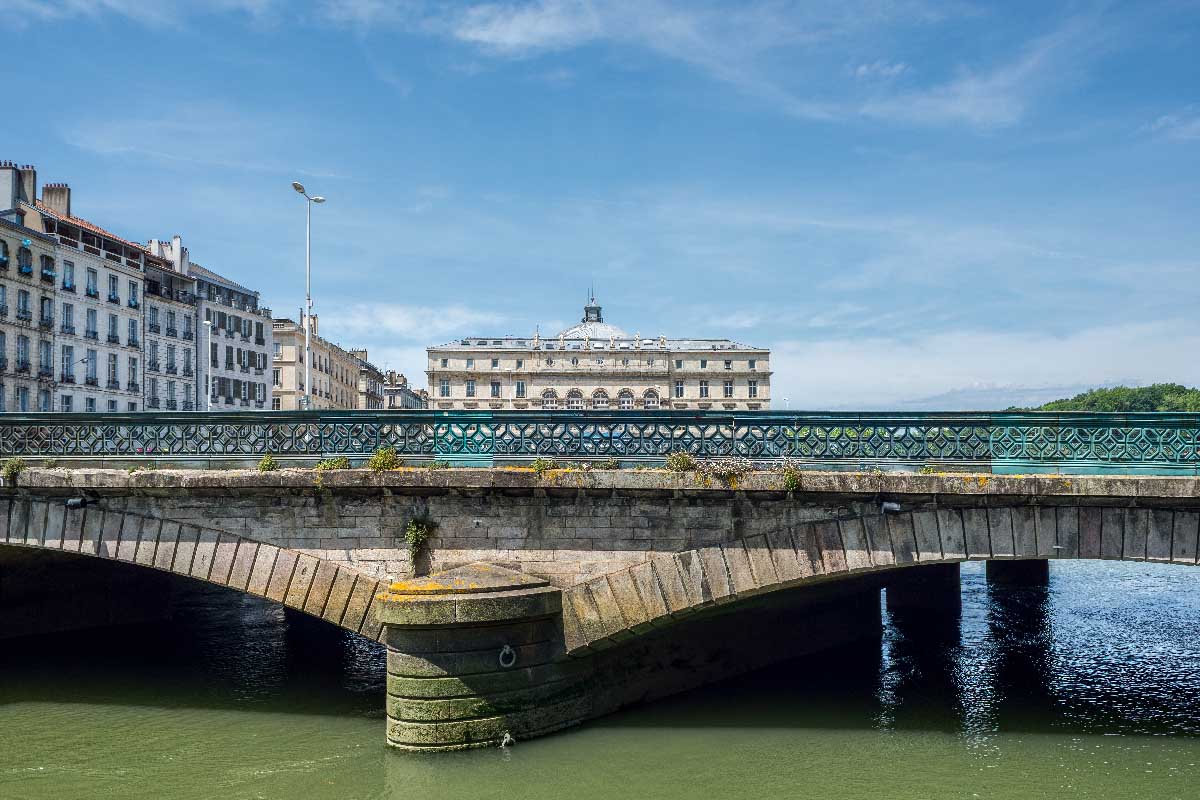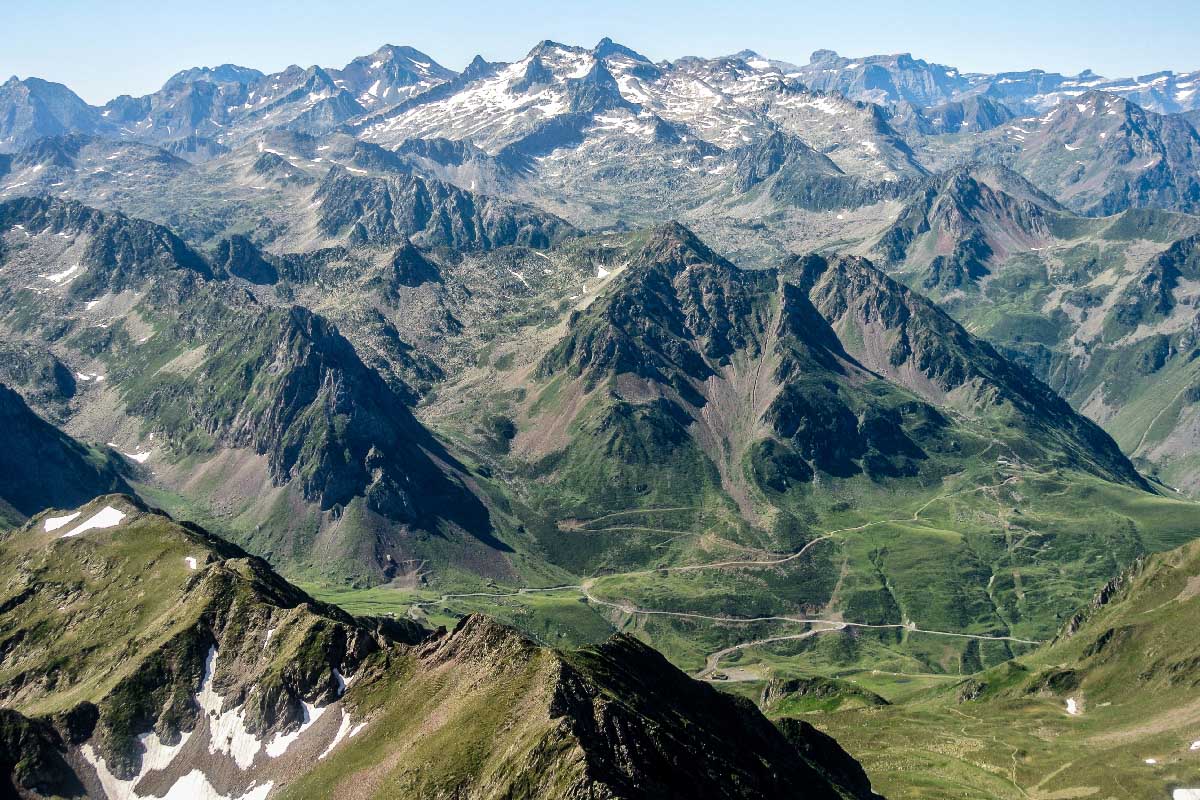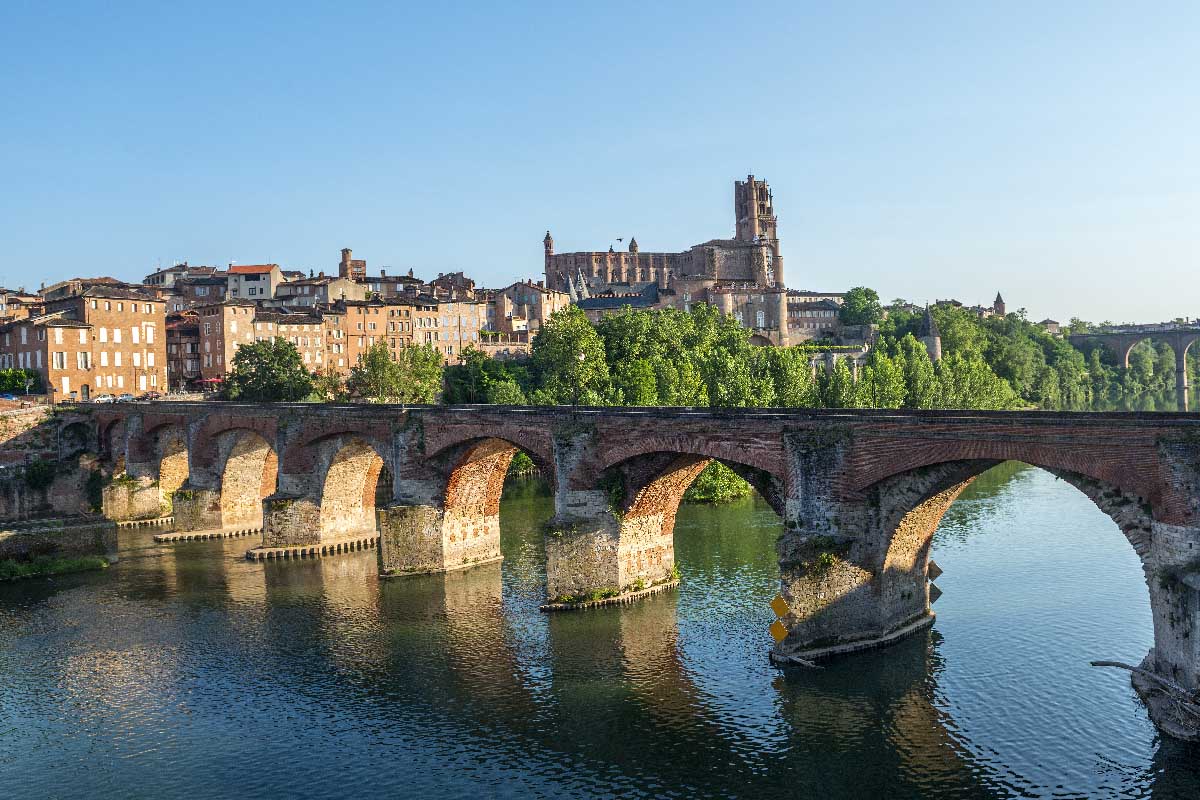Poitou Charente
Ancient watermills, Romanesque churches, medieval towers and a smattering of harbours and fishing villages give Poitou Charente a mixed historic flavour. There are great freshly harvested oysters to be enjoyed, but what the region is really famous for is Cognac. And here, alongside the town that gave the drink its name, you’ll find the largest single vineyard in Europe for white grapes.
On the Atlantic coastline you’ll find the 14th century seaside city of La Rochelle, while inland is the regional capital Poitiers, high up on a hill and dating back to Roman times. Countless sleepy villages are dotted about the countryside.
Possibly the region’s most magical location is The Marais Poitevin, a landscape that has been uniquely shaped by water over centuries. Often referred to as the Green Venice of France, it’s the second largest wetland in the country and was originally covered by the ocean. The marshes were first drained in the Middle Ages and are today a firm favourite for birdwatching and nature holidays.

 Français
Français

